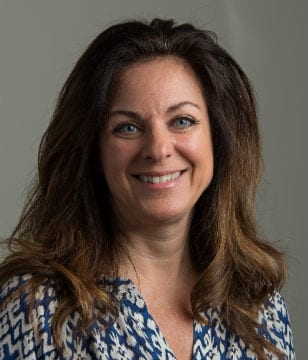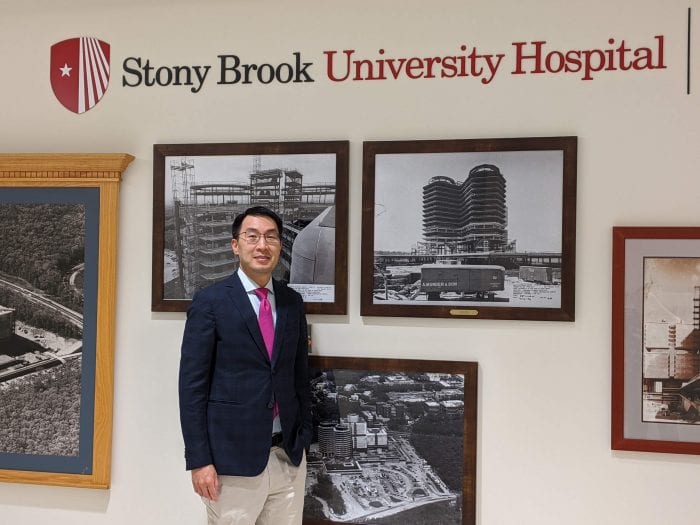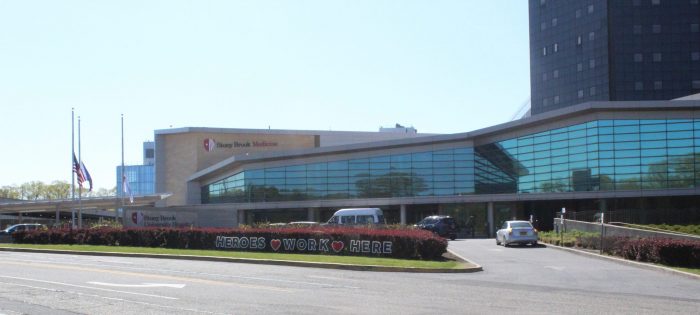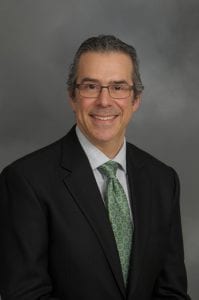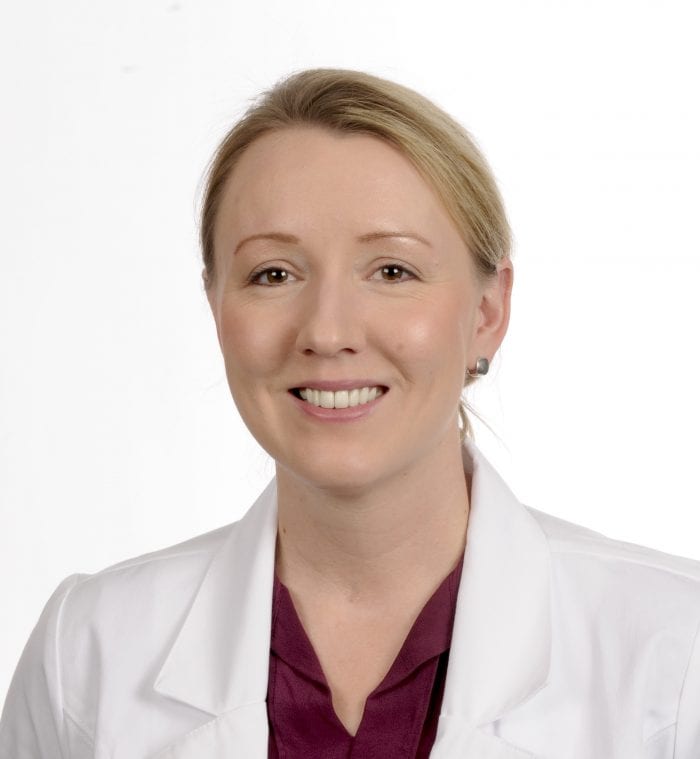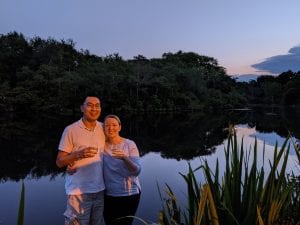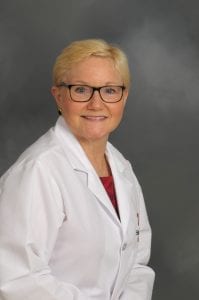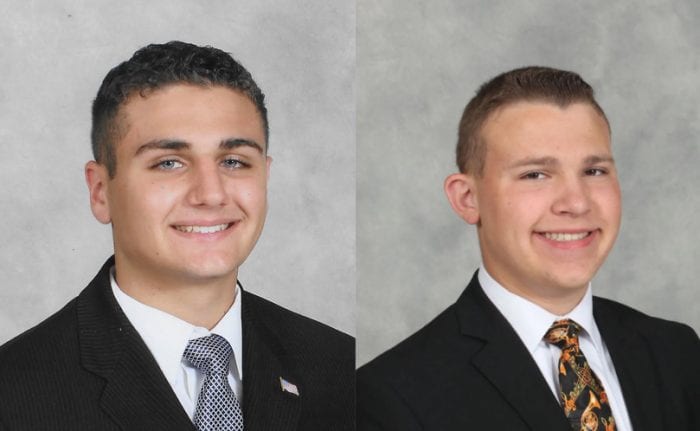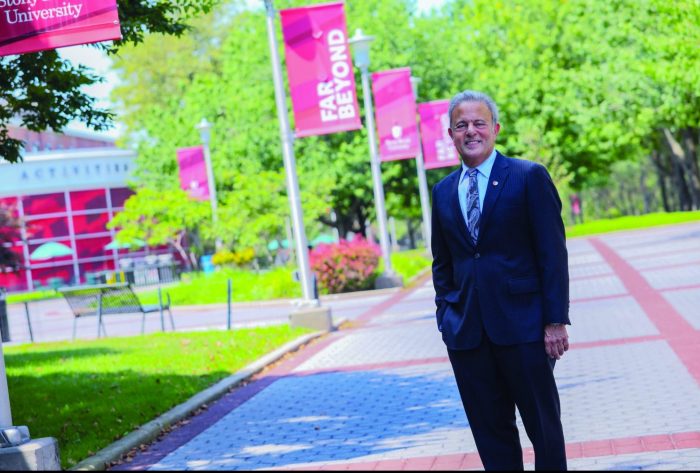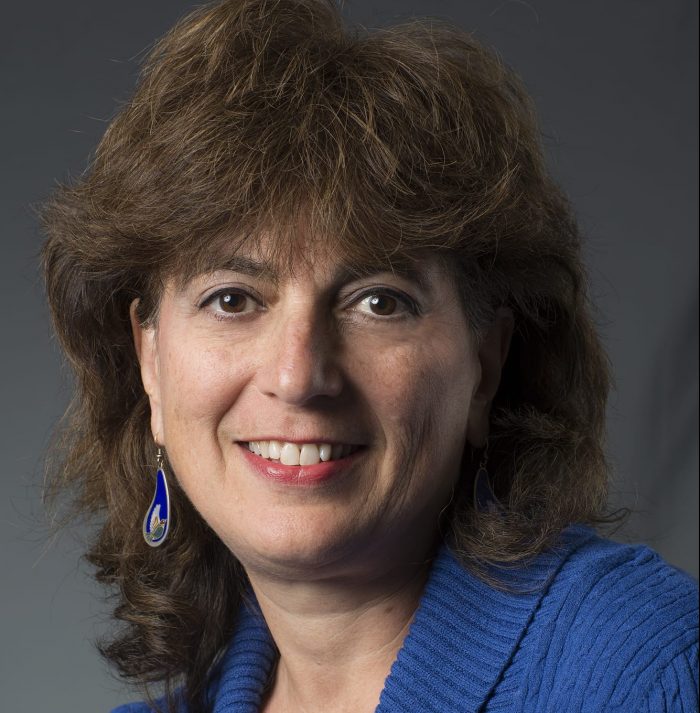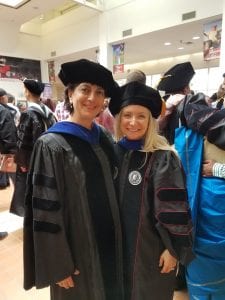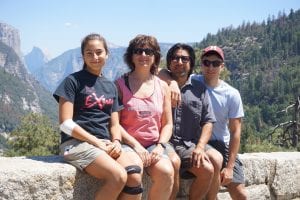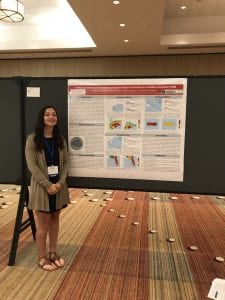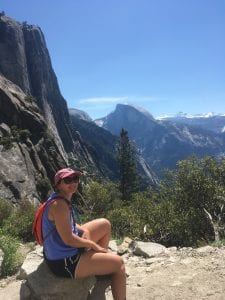Twenty-seven of Stony Brook University’s esteemed faculty and staff members have received the 2019-2020 State University of New York (SUNY) Chancellor’s Awards for Excellence. These awards acknowledge the dedication and accomplishments of instructional faculty, librarians, and professional staff across SUNY campuses and encourage the ongoing pursuit of excellence. The awards are presented annually in seven categories including Librarianship, Scholarship and Creative Activities, Professional Service, Faculty Service, and Teaching.
“The SUNY Chancellor’s Awards for Excellence are an important acknowledgement of the tremendous talent I am honored to be surrounded by at Stony Brook University,” says University President Maurie McInnis. “I add my personal congratulations and note of appreciation to all of our 27 outstanding recipients for the 2019-20 Awards and look forward to significant accomplishments ahead.”
Michael Bernstein, Provost and Senior Vice President for Academic Affairs, adds, “The tremendous contributions of these 27 staff and faculty members are a testament to the excellence of our Stony Brook community. I extend my hearty congratulations to this year’s recipients on this well-deserved honor.”
The following are the honorees from SBU:
Excellence in Scholarship and
Creative Activities
• Dr. Carlos Simmerling, Professor, Laufer Center for Physical and Quantitative Biology
• Dr. Jacobus Verbaarschot, Professor, Department of Physics and Astronomy
Excellence in Adjunct Teaching
• Zachary Dowdy, Lecturer, School of Journalism
• Jeffrey EcklundLe, Lecturer, Undergraduate Biology
Excellence in Classified Service
• Lorraine Carroll, Office Assistant, Center for Excellence in Learning & Teaching
• LaShawne Jones, Administrative Assistant, Student Health Services/Infirmary
• John Lomando, Recycling Specialist, Recycling and Resource Management/Facilities Operations
Excellence in Faculty Service
• Dr. Mary Jo Bona, Professor, Department of Women’s Gender and Sexuality Studies
• Dr. M. Ete Chan-Lo, Research Assistant Professor, Department of Biomedical Engineering
• Dr. Marie Huffman, Ph.D, Department of Linguistics
• Dr. Hoi-Chung Leung, Professor, Department of Psychology
• Dr. Marcia Simon, Professor, Department of Oral Biology and Pathology
Excellence in Librarianship
• Yuet Clara Tran, Associate Librarian, Science Engineering Library
Excellence in Professional Service
• Charles Beier, Student University Assistant Director, Department of Activities and Facility
• Joan D. Dickinson, Senior Staff Associate, Department of Government Relations
• Diane Englot, Instructional Support Technician, Department of General Library Public Service
• Jennifer L. Green, Senior Staff Assistant, Department of Integration of Research, Education and Professional Development
• Laura S. Hawryluk, Staff Associate, Department of Microbiology and Immunology
• Jessica L. Klare, Staff Associate, Department of Honors College
• Jeremy D. Marchese, Staff Associate, Department of University Scholars
• Elizabeth-Anne Tolson, Senior Staff Assistant, Department of European Languages
• Donna Tumminello, Assistant Director, Department of Research Administration
Excellence in Teaching
• Camille Abbruscato, Lecturer, College of Business
• Dr. Michelle Ballan, Professor, School of Social Welfare
• Dr. Steven Glynn, Associate Professor, Department of Biochemistry
• Dr. Sohl Lee, Assistant Professor, Art Department
• Dr. Marci Lobel, Professor, Department of Psychology

